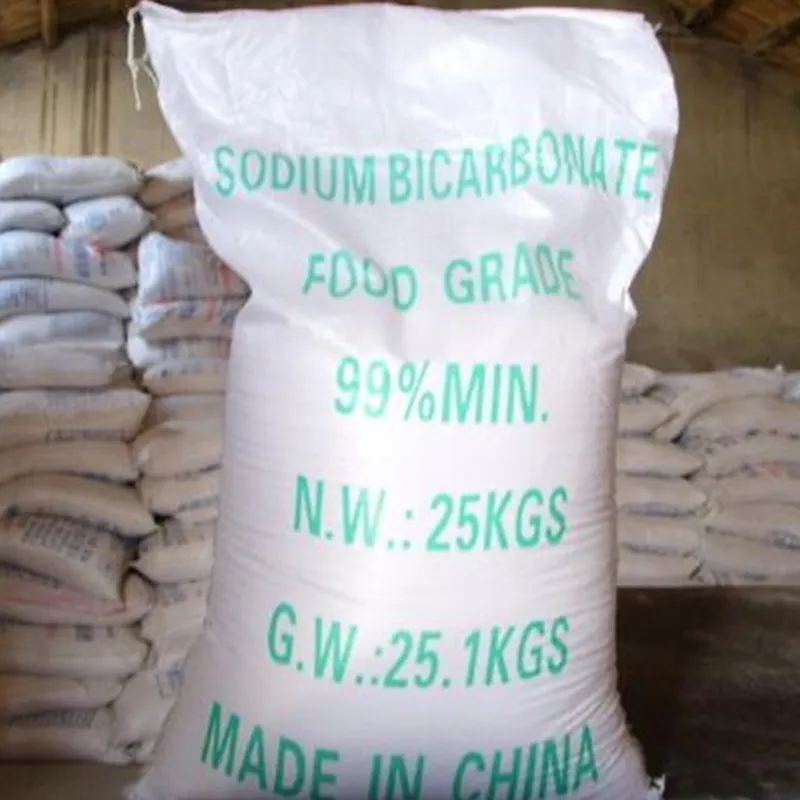
Current Trends in Isopropyl Alcohol Pricing and Market Analysis
The Price of Isopropyl Alcohol Factors, Trends, and Implications
Isopropyl alcohol (IPA), also known as isopropanol or 2-propanol, is a versatile solvent commonly used in various industries, including pharmaceuticals, cosmetics, electronics, and healthcare. Over the past few years, the price of isopropyl alcohol has seen significant fluctuations due to a variety of factors, including market demand, supply chain disruptions, and global events. This article explores the dynamics behind isopropyl alcohol pricing, its recent trends, and the implications for consumers and businesses alike.
Understanding Isopropyl Alcohol
Isopropyl alcohol is an important chemical compound that serves multiple purposes. In healthcare, it is a critical antiseptic and disinfectant, especially highlighted during the COVID-19 pandemic, when demand surged for hand sanitizers and cleaning products. In the pharmaceutical industry, it is frequently used as a solvent in the production of medications, while in the electronics sector, it functions as a cleaning agent for circuit boards and other delicate components.
Factors Influencing Isopropyl Alcohol Prices
Several key factors influence the price of isopropyl alcohol
1. Supply and Demand Dynamics The basic principles of supply and demand significantly impact IPA pricing. The pandemic sparked unprecedented demand for sanitizing products, leading to price hikes. As more consumers and businesses sought out hand sanitizers, manufacturers struggled to keep up, further driving up prices.
2. Raw Material Costs Isopropyl alcohol is derived from propylene, a byproduct of oil refining and natural gas processing. Fluctuations in crude oil prices directly affect the cost of producing IPA. When oil prices rise, so do the costs associated with procuring the raw materials necessary for isopropyl alcohol production.
3. Production Capacity and Logistics Disruptions in production, whether due to facility closures, transportation challenges, or workforce shortages, can constrain the supply of isopropyl alcohol. The COVID-19 pandemic disrupted logistics worldwide, affecting everything from shipping schedules to sourcing raw materials.
4. Regulatory Changes Environmental regulations also play a role in pricing. Stricter regulations may increase production costs or disrupt supply chains, contributing to price increases.
isopropyl alcohol price

5. Market Competition The presence of multiple suppliers and manufacturers influences pricing. Competition can help stabilize prices, but if a few players dominate the market, prices may become more volatile.
Recent Price Trends
In the wake of the COVID-19 pandemic, isopropyl alcohol prices skyrocketed, reaching unprecedented levels. Initially, retailers and suppliers faced challenges in meeting consumer demand, resulting in sharp increases in pricing. As production ramped up and the global supply chain began to settle, prices eventually stabilized but remained higher than pre-pandemic levels.
As of late 2023, the market has seen a gradual decrease in isopropyl alcohol prices due to improved production capabilities and the normalization of consumer demand. However, there are still concerns regarding future price fluctuations based on ongoing geopolitical tensions, like the conflict in Ukraine and its impact on oil prices, which may also affect raw material costs.
Implications for Consumers and Businesses
The pricing dynamics of isopropyl alcohol have critical implications for both consumers and businesses. For consumers, consistently high prices may lead to increased costs for sanitizing products and medical supplies. Households and small businesses that use isopropyl alcohol frequently may need to adjust their budgets accordingly.
For businesses, the fluctuating costs of isopropyl alcohol can significantly impact production expenses, potentially leading to increased prices for end products. Manufacturers may need to explore alternative solvents or streamline processes to mitigate rising costs.
Conclusion
The price of isopropyl alcohol is a complex interplay of market demand, supply chain dynamics, regulatory landscapes, and production factors. While recent trends indicate a stabilization in prices, the market remains susceptible to fluctuations that can arise from global events, economic shifts, and changes in consumer behavior. Understanding these dynamics will be crucial for consumers and businesses alike as they navigate the evolving landscape of isopropyl alcohol pricing in the years to come.
-
Buy High-Quality Trichloroisocyanuric Acid for Sale | TCCA 90% SupplierNewsAug.30,2025
-
Pure Sodium Dichloroisocyanurate Dihydrate | Powerful DisinfectantNewsAug.29,2025
-
Industrial Chemicals: Quality & Purity for Every IndustryNewsAug.28,2025
-
Nitrile Rubber Honoring Strict Production StandardsNewsAug.22,2025
-
Aspartame Ingredients Honoring Food Safety ValuesNewsAug.22,2025
-
Fertilizer for Balanced Plant NutritionNewsAug.22,2025
-
Cyanide Gold Processing with High Purity AdditivesNewsAug.22,2025
Hebei Tenger Chemical Technology Co., Ltd. focuses on the chemical industry and is committed to the export service of chemical raw materials.
-

view more DiethanolisopropanolamineIn the ever-growing field of chemical solutions, diethanolisopropanolamine (DEIPA) stands out as a versatile and important compound. Due to its unique chemical structure and properties, DEIPA is of interest to various industries including construction, personal care, and agriculture. -

view more TriisopropanolamineTriisopropanolamine (TIPA) alkanol amine substance, is a kind of alcohol amine compound with amino and alcohol hydroxyl, and because of its molecules contains both amino and hydroxyl. -

view more Tetramethyl Thiuram DisulfideTetramethyl thiuram disulfide, also known as TMTD, is a white to light-yellow powder with a distinct sulfur-like odor. It is soluble in organic solvents such as benzene, acetone, and ethyl acetate, making it highly versatile for use in different formulations. TMTD is known for its excellent vulcanization acceleration properties, which makes it a key ingredient in the production of rubber products. Additionally, it acts as an effective fungicide and bactericide, making it valuable in agricultural applications. Its high purity and stability ensure consistent performance, making it a preferred choice for manufacturers across various industries.





